Tuesday, October 29th 2013
Today we learnt a new things! It's about "The Influence of Modern Art"
But, before that, sir Angga gave us the reviews about what we've learnt from last week.
So, graphic design is divided into view parts, one of them is Typography. The background of typography (or alphabet) is people wants to be able to communicate. After that people started to make some symbols (like what we see on the cave) and it keeps developing until finally alphabets were invented! Automatically, language was found, then followed by manuscript, and the last was print.
Then it appears Image/Illustration. Two of them are Ukiyo-e and Art Nouveau (19th-20th century).
Lets get started!
20th Century European Posters
so this is the continuation of the 1890's poster. This was influenced by Cubism and Constructivism. Communicative imagery and design form generates the excitement and energy of pictorial graphic.
Plakatstil (Poster Style)
Plakatstil was emerged in Germany in early 20th century. Lucian Bernhard considered one of the most influential graphic design figure for this movement. Once he entered a poster contest sponsored by Priester matches. When his poster was being judged, the judges doesn't like his poster and put it on the trash bin. After that the one who works on the company sees there was that poster on the trash bin and the person toke it. The person liked it, and chose Bernhard as the winner. Bernhard developed style that use simplification and reduction of naturalism into a visual language of shape and sign. He was (only) using flat color shapes, the product name, and product image for his poster:
Artist like Hans Rudi Erdt, Julius Klinger also uses this techniques. Together with Lucian, they were contracted for Hollerbaum and Schmidt (lithography firm) to make german posters. Bernhard was a pivotal designer. His work might be considered the logical conclusion of the turn-of-the-century poster movement.
Some of Bernhard's works.
Poster Goes to War
Poster had been considered one of the most effective medium for mass communication during World War I. Governments turned posters as a significant medium of propaganda and visual persuasion. In Austria, Hungary, and Germany, war posters uses the simplicity of plakatstil pioneered by Bernhard. British and americans uses posters for army recruitment.
Ludwig Hohlwein's Posters:
I really like it. It's simply creative. Especially the way he made the man's outfit and the background connected.
Image on the right is Hohlwein's poster for Berlun Olympic 1936. Why the man is facing up because it means victory.
Post-cubist Pictorial Modernism
I really like the idea and the concept of this poster. The left poster means while it's winter, if you use London Underground, it's warmer there. So people could travel comfortably. And when it's summer outside, you could feel cooler at London Underground. Why the square on the left is stand up and the one on right is tilted. The tilted one defines snowflakes, and snowflakes means cold. So creative, isn't it?
He's the one who created London Underground logo (and it was manual) and he's the inventor of coloured line mapping system:
THE INFLUENCE OF MODERN ARTS
Cubism
The one who made cubism era was Pablo Picasso. After that continued with Juan Gris and Fernand Leger. Based on the film I've watched about Picasso, Picasso is a super talented painter. And his paints ' style always changed. Sometimes he paints accurately, sometimes cubism, and sometimes just abstract painting. It was based on his mood. He has some periods, some of them are blue period painting (when he was upset/sad) so everything is blue on her paint, pink (rose) period painting (when he was in love/happy), cubism, and black day. When he made the cubism painting, architecture and fashion sector was inspired by Picasso, so they started to make cubism in their sector.
Futurism
is the era of experimentation of typography. The figures are Guillaume Apollinaire
and Ardengo Soffici.
Dadaism
is the era of rebel, collaging, vandalism, graffiti, mural, and freedom. The figures are Banksy, Kurt Schwitters, John Heartfield.
Surrealism
Salvador Dali, father of surrealism :)
Expressionism
We see not from the image but from the brush strokes. So we know the emotion. One of the figure is Van Gogh.



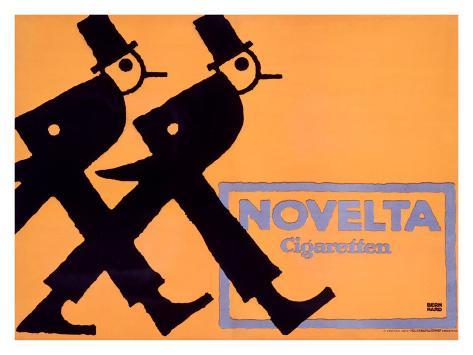






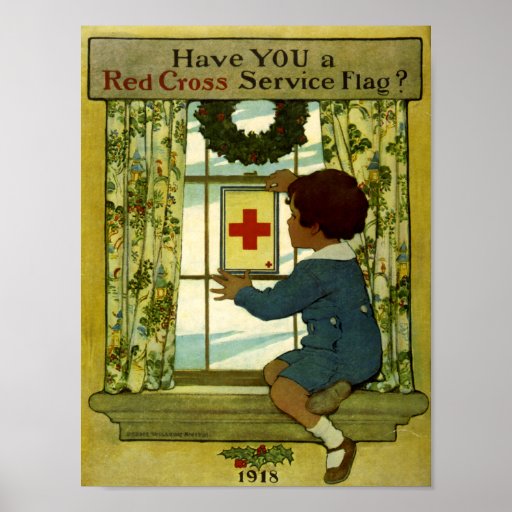

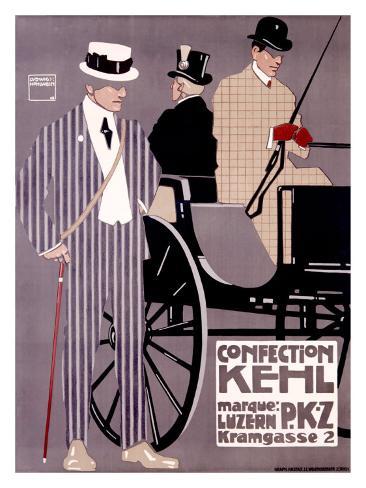


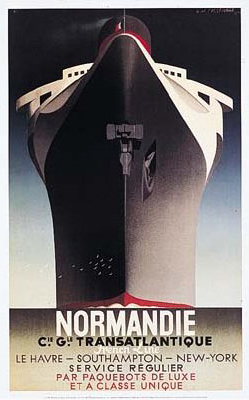



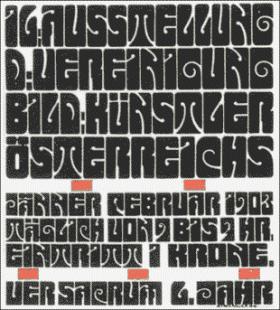
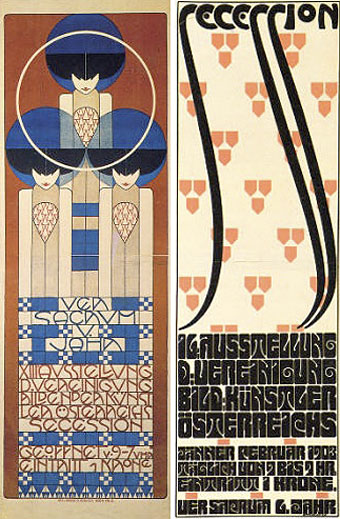









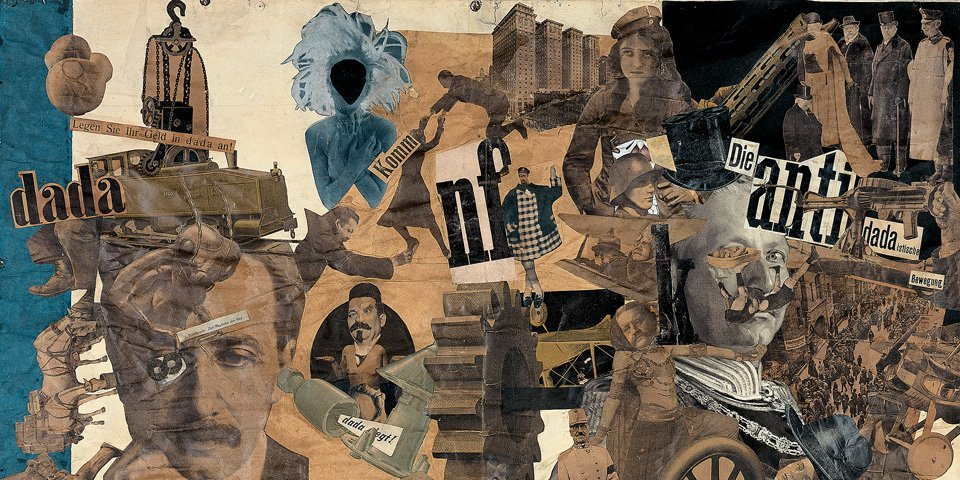


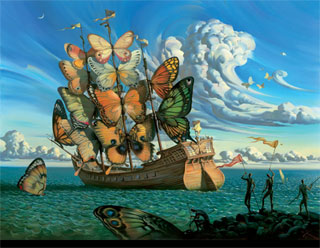
No comments:
Post a Comment